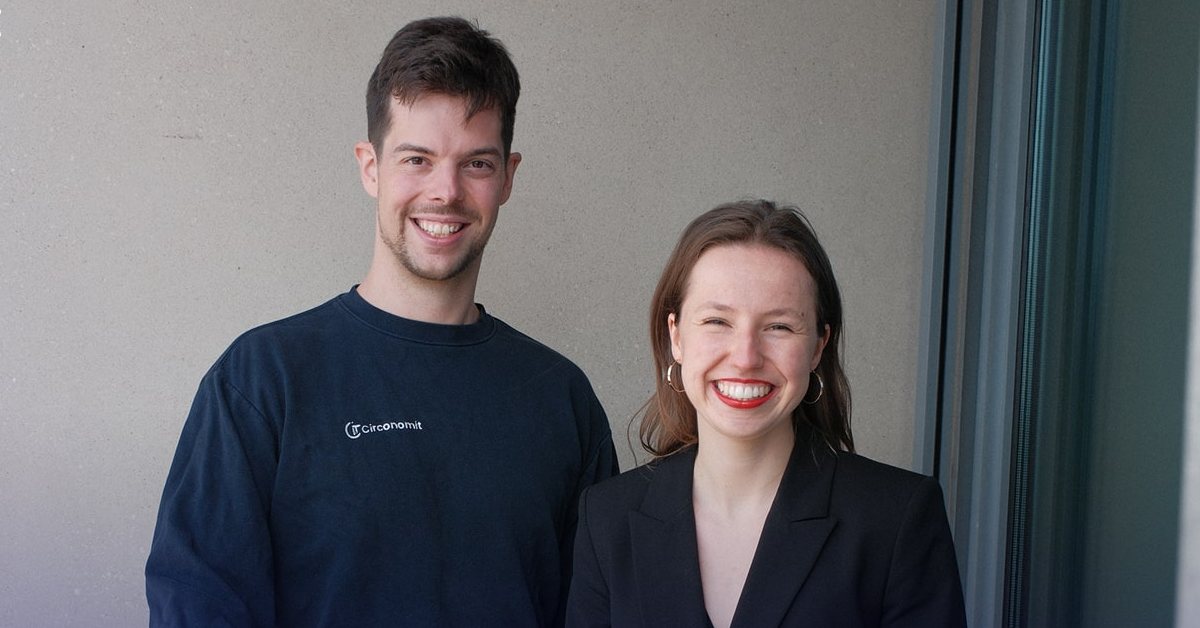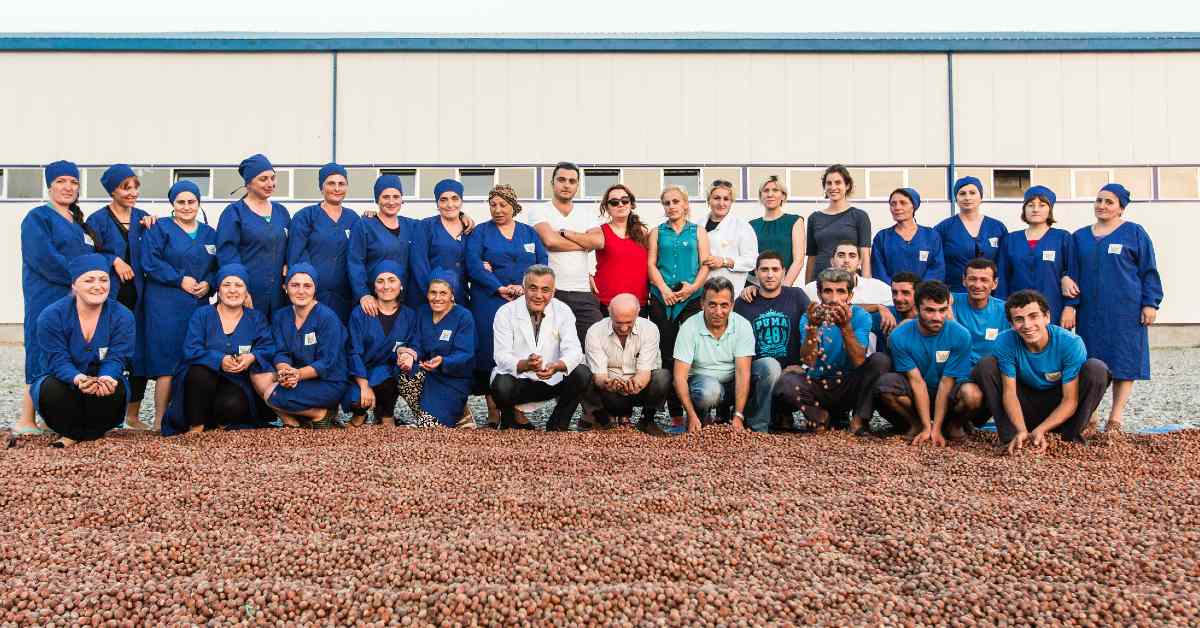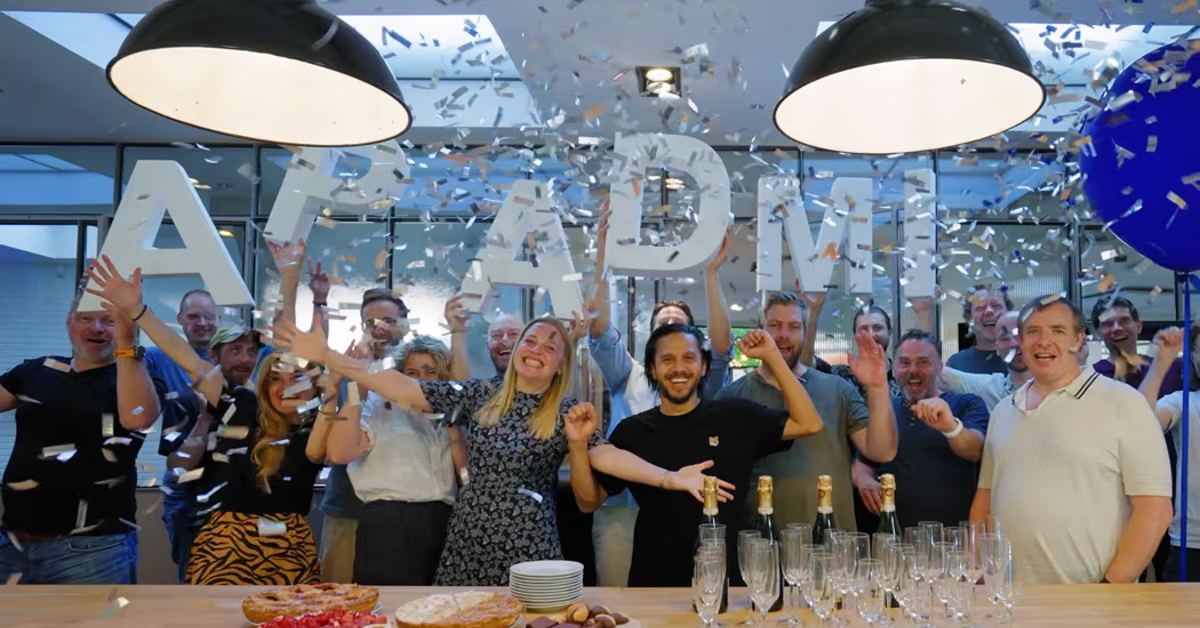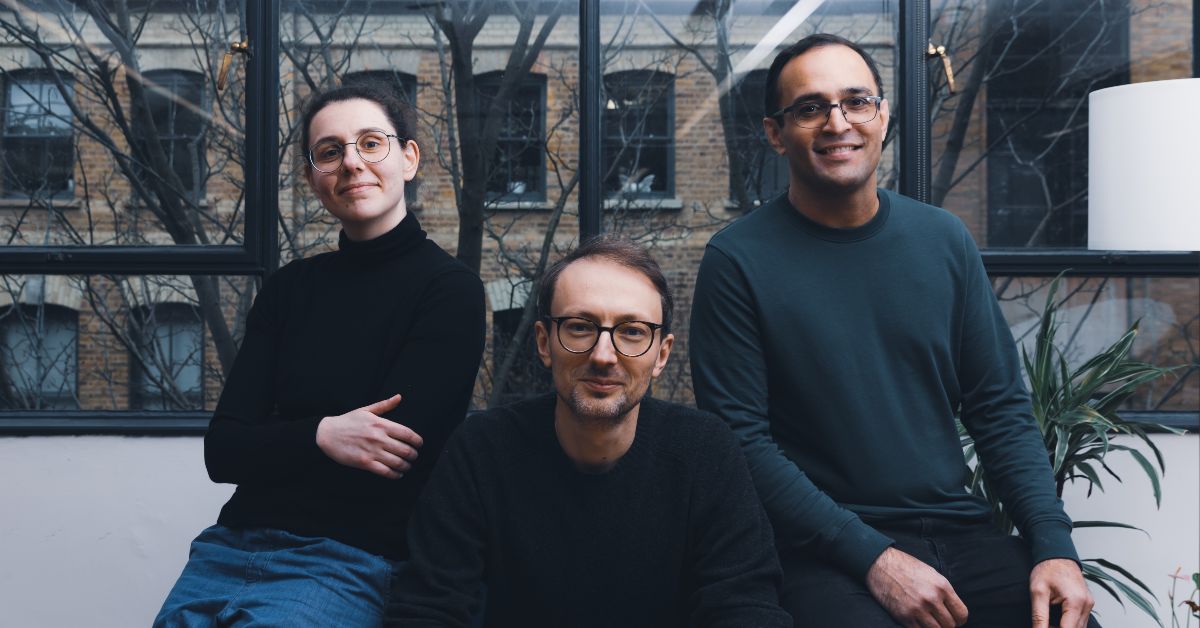Oslo-based Vind AI, a SaaS B2B company offering software solutions for the wind industry, announced on Wednesday that it has raised €3M in a seed funding round led by Norrsken VC.
The round includes participation from Spacemaker founders, Arkwright X, and employees.
“Our overall goal is to establish Vind AI as the industry standard for wind project design as quickly as possible. To achieve this, our immediate focus is on securing partnerships with all the industry giants,” says Helene Bøhler, Co-founder and CEO at Vind AI to Silicon Canals.
Additionally, the company will use the funds to expand its product development and customer support, ensuring smooth onboarding for industry giants.
Wind energy sector lacked the tools to streamline processes
Founded in 2022 by Helene Bøhler, Jan-Tore Horn, and Hilde Njøten, all former employees of Spacemaker, Vind AI has developed an online tool for the early stages of designing and planning wind projects.
“The idea for Vind AI was born from the expertise and experience of one of our co-founders, Jan-Tore, who holds a PhD in the design of offshore wind turbines. Having worked closely with the wind energy sector, he realised that the industry lacked modern, integrated tools that could streamline its complex processes,” explains Bøhler.
The company aims to equip the wind industry with the software necessary to address the growing demand for wind energy.
“The challenge was that many aspects of wind farm design were siloed—teams working on turbine placement, cabling, and other infrastructure often used separate, incompatible systems. Our goal was to bring these elements together into a single, cohesive platform,” she continues.
“We hypothesised that applying our experience in modern design software to the offshore wind industry could revolutionise how wind projects are developed. Vind AI was created to disrupt the conventional, compartmentalised approach by allowing users to design all components of a wind farm—such as turbine positions, cabling routes, foundation design, and export cable placement—within one holistic platform,” she adds.
Uses AI to model wind project
According to Bøhler, the current legacy tools used for planning and designing wind projects do not utilise the full suite of software tools, including AI.
Here’s where Vind AI stands out among the rest of the players.
Vind AI uses modern software, including AI, to model every aspect of a wind project before construction begins.
“Traditional methods often involve multiple stages of manual input and analysis across different systems, which can lead to inefficiencies and missed opportunities for optimisation. Our platform uses AI algorithms to process vast amounts of data related to site conditions and wind data to suggest optimal turbine and cabling placements,” describes Bøhler.
The company aims to help customers make better design decisions to generate more energy at a lower cost.
Through the platform, customers can test different ways to position turbines or connect them to ensure the final project produces the most energy at the lowest cost.
“By doing so, it can suggest optimal designs, balancing factors like energy output, environmental impact, and cost. Today, Vind AI is the only software that can take all these variables into account simultaneously,” she adds.
Perfecting the initial step
Typically, after installation, a wind turbine will remain in place for over 25 years. If placed incorrectly, there is little opportunity for it to be rectified.
However, to make it successful, important decisions have to be taken in the design space using real-time data on elements such as wind patterns, grid connections, and environmental limitations.
Explaining the key indicators to measure success, Bøhler says, “Our key indicators for success include the reduction in design time and cost, improved energy yield from optimal turbine placement, and minimised environmental impact through better planning of cable routes and infrastructure. Additionally, customer feedback is vital.”
The platform aims to balance costs from business, social, and environmental perspectives.
“When industry leaders like TotalEnergies and RWE choose to adopt our platform, it signals that we’re meeting the industry’s demand for cutting-edge solutions. Success is also measured by the scalability of the designs our clients can achieve, allowing them to adapt to different project sizes and complexities more efficiently,” adds Bøhler
Challenges in integrating tools
Vind AI’s clients currently include industry giants such as TotalEnergies, RWE, and Corio.
However, the Norwegian company encountered challenges when integrating its tools with these major players.
“Integrating Vind AI into the workflows of major industry players required a shift from traditional tools to a more modern, AI-powered platform. This transition involves rethinking how teams collaborate across different phases of a project, but we’ve been impressed by how forward-thinking our customers have been in embracing this change,” explains Bøhler.
“Wind farm projects also vary widely in terms of geography, regulatory requirements, and technological complexity. As a result, we had to ensure that our software was flexible and robust enough to accommodate these diverse challenges,” she concludes.
The investor
Norrsken VC is an early-stage impact venture capital fund, born out of Norrsken, a non-profit impact ecosystem connecting founders with the capital, knowledge, and network.
Norrsken VC operates independently and wants to enable the next impact unicorn—a company that has a positive impact on 1 billion people.
Norrsken VC recently raised a €320M early-stage fund—the largest early-stage generalist impact fund in Europe.
Alexander Danielsson, Partner at Norrsken VC, says, “We are excited to support Vind AI’s growth in an industry that is set to explode over the coming years. Reaching goals for energy from wind can only be achieved by making the design and implementation of wind projects both streamlined and well-budgeted, and this is exactly what Vind AI is doing. We look forward to working with and supporting the team on their journey!”










01
From telecom veteran to Dutch Startup Visa success: The Jignesh Dave story